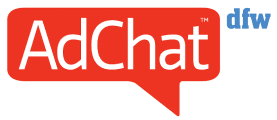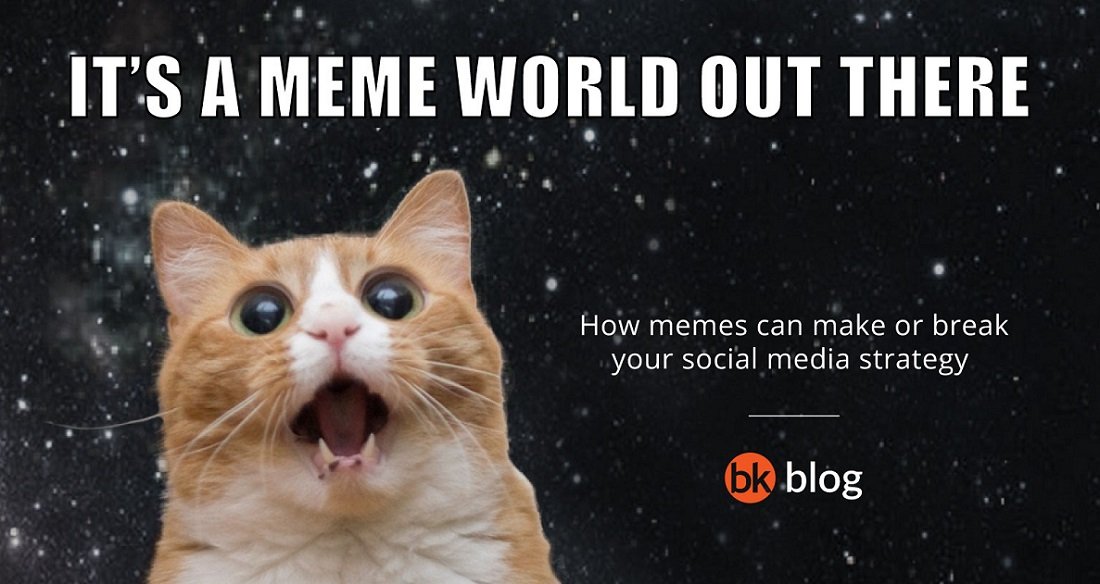By Breanne Avedikian

Buzz has it right, memes are everywhere. I go on Facebook and what’s the first thing I see on my timeline? A meme. I open up Instagram and the first three posts in my feed are memes. (I say that like I don’t enjoy it – but I actually do.) In fact, it seems like I go on social media more nowadays to get a laugh at all the memes on my feed, rather than to see what all my “friends” are up to. But I digress.
According to the Oxford Dictionary, a meme is “An image, video, piece of text, etc., typically humorous in nature, that is copied and spread rapidly by Internet users, often with slight variations.” Richard Dawkins first coined the term “meme” in 1976 to describe a trait passed “from one individual to another by imitation or other non-genetic means.” Anyone who has spent some time on the Internet could probably point out a meme.

…Ok, maybe not.
As a millennial interacting with a brand, I am more likely to stop and look at a meme or image than I am to watch a video, sign-up for something, or read a blog (ironic, considering this is a blog — thanks for reading). Memes are low investment, don’t take a lot of time to read or process, and, in a world where time is more valuable than ever, that is appealing.
Why do memes resonate with younger audiences?
- Memes are relatable.
One of the main reasons millennials like memes so much is because they are so relatable. They poke fun at clichés, current events, and the not-so-pleasant realities we all face every day. We connect with or relate to the meme on some level, which is why we laugh, share and feel the desire to show all our friends.


- Memes are relevant.
Memes are trendy. The internet loves them, and so do we. As consumers, we gravitate towards what is current and applicable to our culture. This is why memes go viral — they are contemporary, and we like poking fun at relevant themes and issues. And who doesn’t love being “in” on an inside joke?
Know what I meme…? 😉

- Memes are familiar.
When I look at a meme, three things can happen; I think it’s funny and laugh, get confused because I don’t understand it, or simply not think it’s funny and go back to my endless scrolling. In any case, I took the time to stop and read the meme, because the content is familiar to me. I already know that this image is something that could potentially entertain me and make me laugh, so I take the time to look at it. For example, who doesn’t know about Grumpy Cat?

So the question lies: Should memes be used in your social media marketing strategy?
Consider your audience.
If you’re trying to reach younger audiences, showing your company’s relevance and humor through memes might bode well for you. We already know millennials love trends and we like to see the brands we follow staying current as well. On the other hand, memes are usually packed with sarcasm and irony. Many non-millennials may not find this humorous or appealing. Meme humor can often come across distasteful, which can turn some people off to your brand.
One example of a brand that has done this well is Glossier. Glossier is a beauty company that targets millennials. They know their audience, and they apply their own relevant content around makeup and skincare to tie the meme back to their brand.
Consider your brand.
What tone of voice does your brand normally speak? A brand that is playful and sarcastic could benefit from sharing memes. A more serious, corporate brand might just confuse their audience with a meme, either by the impudent humor or the unfamiliarity of the content compared to typical posts by the brand.
Look at Barkbox. They have capitalized on their lighthearted tone of voice on their social media to show they are approachable and relevant. In fact, I don’t even use Barkbox (nor do I have a dog) and I gave them a follow because I got a laugh out of their content. That’s a win.
Consider the meme.
Before posting a meme, you should also make sure you have interpreted it accurately. Because of the satirical undertones of many memes, you should double check that the meme you’re sharing is appropriate for the message of your brand. Memes can quickly become inappropriate and offensive when not shared in the right context. Know Your Meme explains the meanings of many popular memes so you can always know what your meme is talking about before you post it.
When deciding whether memes are something you should add to your brand’s social media strategy consider your audience, your brand, and the meme itself. Doing so will save you time, credibility, and possibly even embarrassment. Focus on crafting the best strategy for your brand, rather than just hopping on the next social media trend hoping for results.
Breanne Avedikian is a Junior Art Director and Graphic Designer at bloomfield knoble. She focuses on layout and print design and maintains visual brand consistency for our clients. A Starbucks addict and California native, you can find her watching movies, listening to country music or petting the dog at the party. And just ask her how much she loves Texas!
Connect with Breanne Avedikian
Who is bloomfield knoble?
bk is a full-service, premier strategic marketing and advertising agency based in Dallas, Texas. Our clients include top 50 Fortune companies and unique businesses that seek a strategic partner to empower their offerings and growth. Whether developing an integrated advertising campaign, a direct marketing tactical approach, brand framework and positioning exercise, or daily creative, technical and consulting support, bk provides a one-to-one approach.
Call Eric Hirschhorn to learn more at (214) 254-3805, or eric@bloomweb.com.










